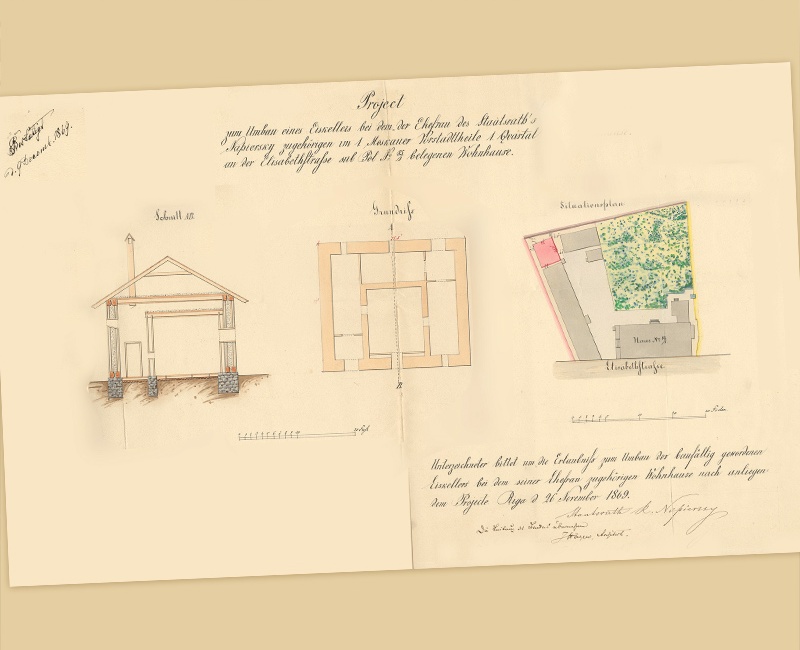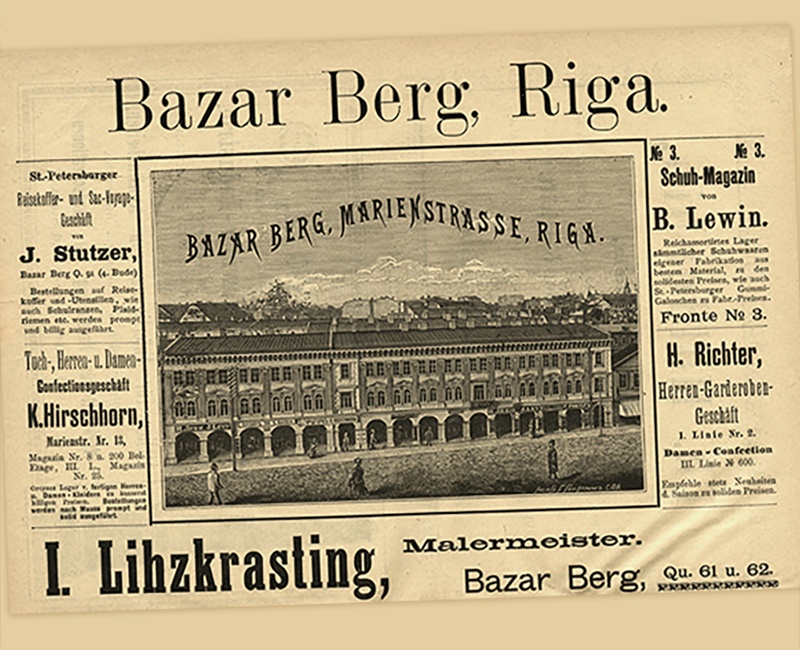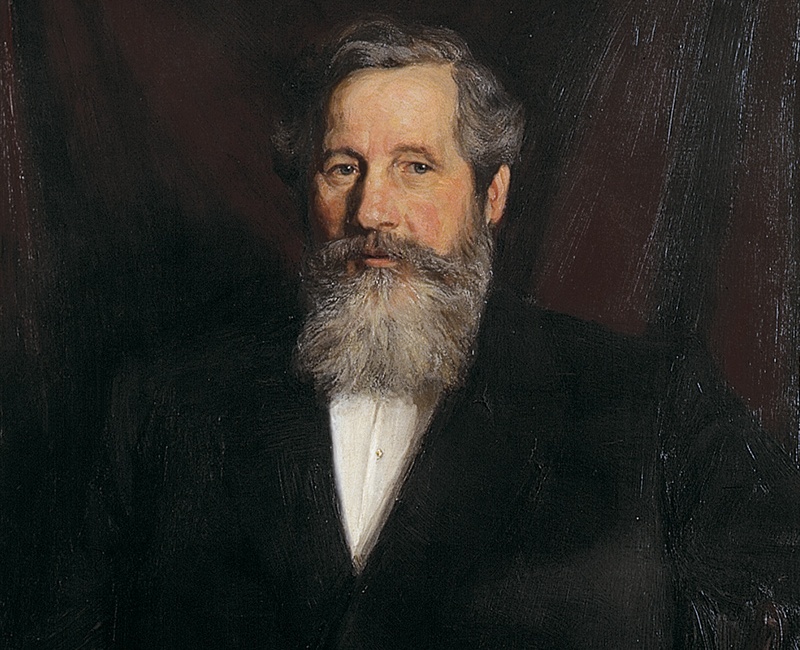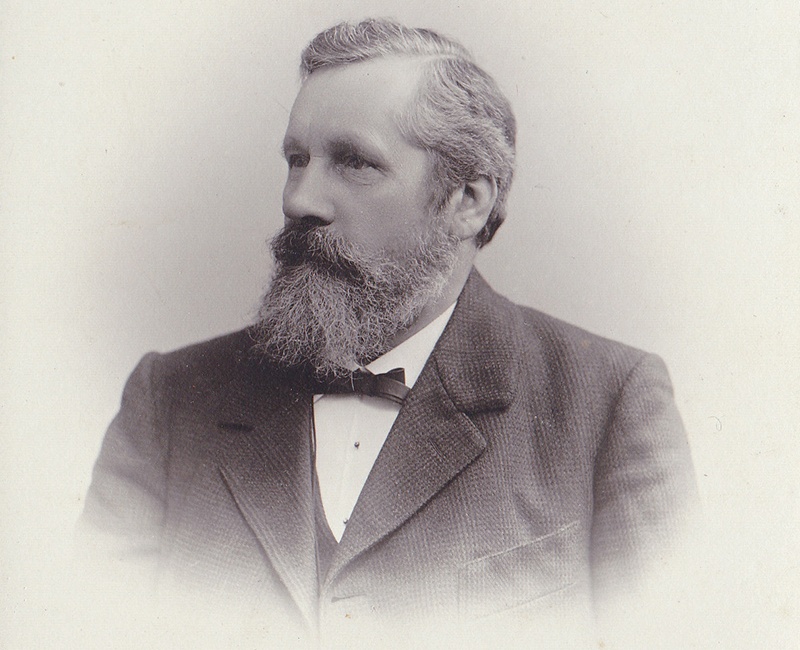Atklājiet Berga Bazāra mazos boutique veikaliņus, kuri piedāvā dažādas preces, kā arī starptautiskus zīmolus un pašmāju modes dizaineru apģērbus, izbaudiet kādu no iecienītajiem restorāniem un kafejnīcām, palutiniet sevi kādā no skaistumkopšanas saloniem vai arī izmantojiet laiku mierīgām pastaigām. Berga Bazārā atrodas arī viesnīca Hotel Bergs Suites, kā arī mūsdienīgas biroju telpas un privātie īres dzīvokļi.
At the end of the 19th century, the area where Bergs Bazaar is located was underdeveloped and situated outside the city center. The site of the Hotel Bergs Suites was once a cabbage field, which is why a cabbage head was chosen as the symbol of Hotel Bergs Suites. At that time, the quarter featured only three wooden houses, two of which were preserved and restored. One building is located at Elizabetes Street 83/85, now home to the map shop *Jāņa Sēta*, while the other stands within the Bergs Bazaar itself.
Between 1887 and 1900, builder and city developer Kristaps Bergs constructed Riga's first modern shopping complex—Bergs Bazaar ensemble—based on architect Konstantīns Pēkšēns' design. The inspiration came from the motifs of Eastern markets, still visible in the arcade-style walkways, as well as shopping arcades in Western Europe and Saint Petersburg. To this day, the ensemble's layout has been preserved, with shops and cafes on the ground floors and apartments and offices located on the upper floors.
At the turn of the 19th and 20th centuries, Latvians were finally granted the opportunity to participate in the city's economic and social life. Kristaps Bergs' initial vision was to support young Latvian merchants. However, over time, Bergs Bazaar evolved into an international trading hub, with merchants of various nationalities, including Germans, Russians, and Jews. The merchants even established a small synagogue in the upper floor of the building at Elizabetes Street 85a, which now houses the fashion boutique *Klase*. At that time, Bergs Bazaar was home to 130 different shops.
A testament to Bergs Bazaar being one of the most advanced locations in the city is that, in 1909, it became the first in Riga to be equipped with a sewerage and water supply system, along with modern amenities such as restrooms and bathrooms.
Later, in the 1930s, as private cars became more common among city residents, Riga's first fuel pump was installed at the site where artist Ilmārs Blumbergs' fountain, commonly known as "Pumpītis" (The Little Pump), now stands. The women of Kristaps Bergs' family were also passionate car enthusiasts, and the family's cars were kept in a garage that today houses the wine bar "Garage".


Around 1860, 16-year-old Kristaps Bergs (1843–1907) left his home in Bērzmuiža Parish, Zemgale, and traveled to Riga in search of fortune. Although Riga was then part of the Russian Empire, the city's public and economic life was still dominated by the Baltic German elite. To better integrate into this society, Kristaps Kalniņš Germanized his surname to Berg (meaning "mountain" in German). After spending several years working in taverns and construction companies, Kristaps Kalniņš had gained enough experience and resources to begin his own ventures, eventually purchasing the land where Bergs Bazaar now stands.
Through his active involvement on the board of the Riga Latvian Society House and his support for culture and the arts, Kristaps Bergs caught the attention of the young writer Augusts Deglavs. Bergs became the inspiration for the character Pēteris Krauklītis, the protagonist of Deglavs’ forthcoming historical novel *Riga*.
Kristaps Bergs is considered one of the first Latvian entrepreneurs and urban developers. He actively participated in various social processes to promote the revival of Latvian culture and strengthen national identity.


After World War II, the owners of Bergs Bazaar—Kristaps Bergs' descendants—either fled to Western countries as refugees or were deported to Siberia. In Latvia, all privately owned buildings, including those of Bergs Bazaar, were nationalized. Although Bergs Bazaar remained inhabited during the Soviet era, it fell into significant disrepair and lost its original charm.
After Latvia regained its independence, the neglected and dilapidated Bergs Bazaar was returned to the heirs of Kristaps Bergs. Since 1993, Bergs Bazaar has been meticulously restored with the involvement of Latvian architect Zaiga Gaile, whose office is located in one of the wooden houses within Bergs Bazaar.
To this day, Kristaps Bergs' great-grandson and great-great-grandsons continue to refine his vision, preserving the historical essence and charm of Bergs Bazaar, creating a "city within the city."